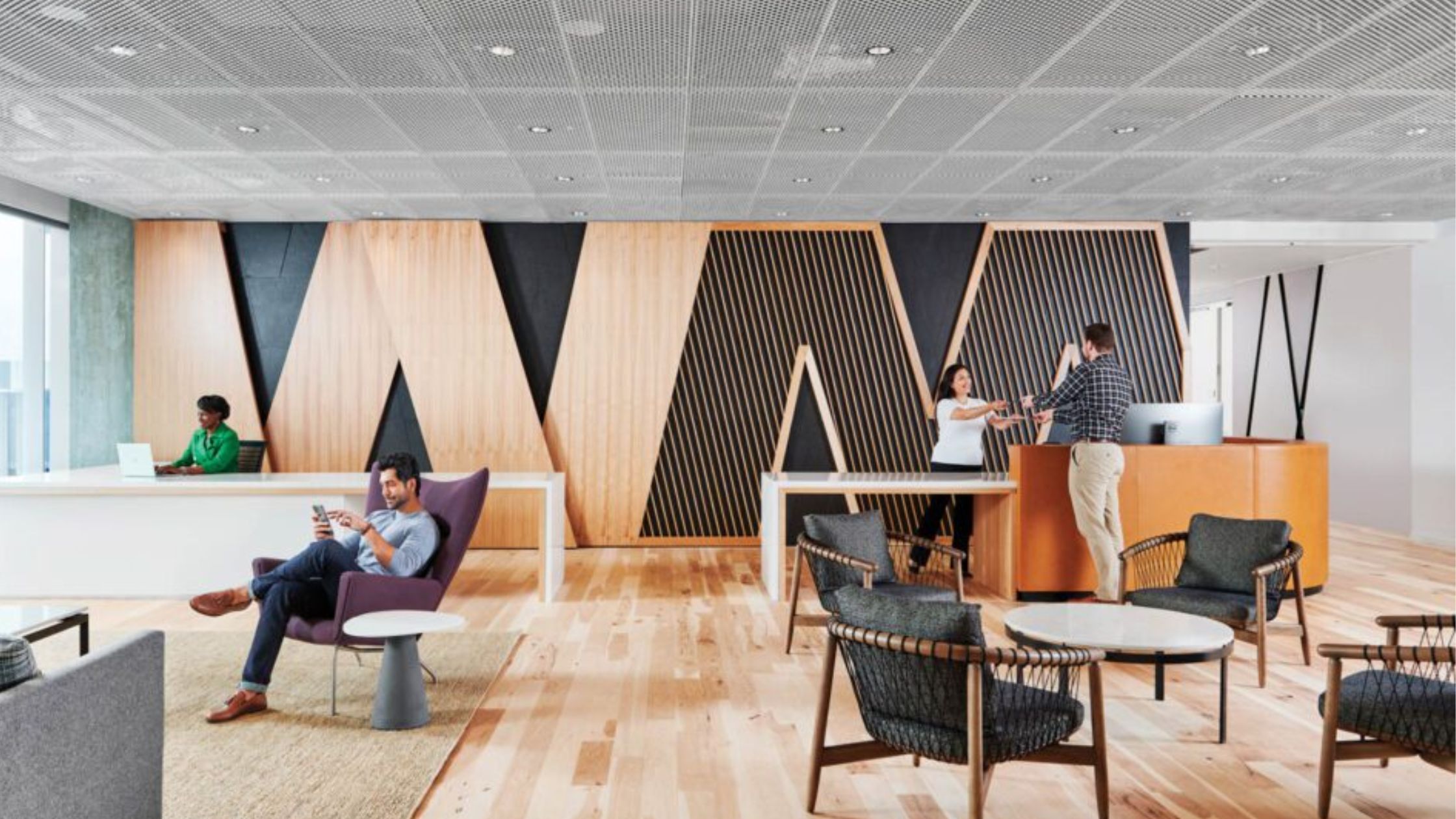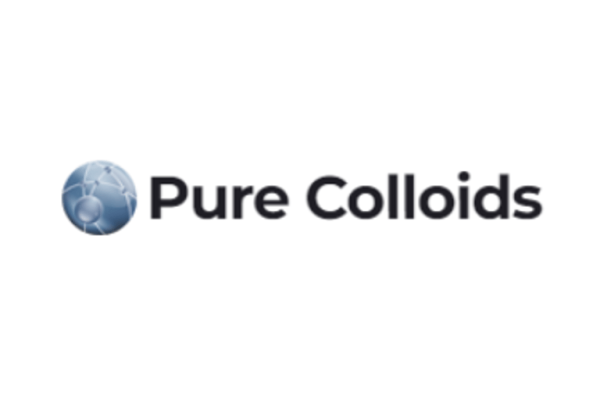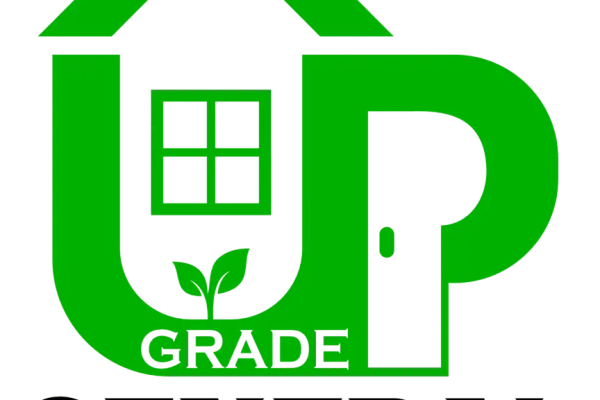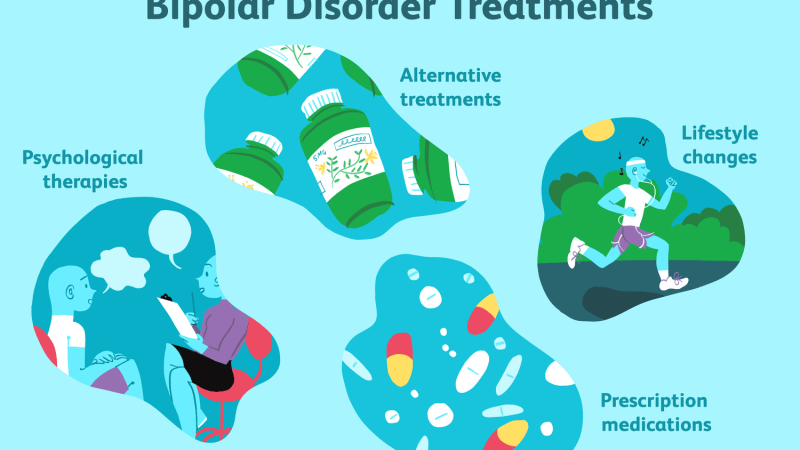Introduction: A New Era of Office Design
The way we work has changed—and so has the space we work in. As 2025 unfolds, companies are reimagining how their office environments support productivity, creativity, and culture. Gone are the days when open floor plans were the only answer to collaboration. Today’s offices are smarter, more flexible, and centered around the needs of modern teams.
Corporate office interior design now balances open spaces with private focus zones, social areas with quiet corners, and technology with wellness. This thoughtful shift aims to create a workspace that not only looks good but also works better. It’s not about filling space—it’s about making space work for people.
The Open Plan: What Worked and What Didn’t
Open-plan offices became popular because they encouraged teamwork, saved space, and looked modern. They removed physical walls, allowing for easier communication across teams. However, they also came with drawbacks.
Challenges that emerged:
-
Too much noise and visual distraction
-
Lack of privacy for phone calls or focused tasks
-
Increased stress and reduced job satisfaction for some roles
-
Fewer boundaries between work and downtime
While the open plan isn’t going away, companies in 2025 are taking a more balanced approach. They’re creating environments that still feel open—but with thoughtful zoning and flexibility.
The Rise of Focus Zones
Focus zones are quiet, structured areas designed for concentration. They give employees a place to think deeply, solve problems, or complete tasks without interruption. These spaces are essential for roles that demand precision, creativity, or long stretches of deep work.
Key features of focus zones:
-
Sound-absorbing walls or panels
-
Soft, adjustable lighting
-
Ergonomic seating and minimal distractions
-
Clear signals that the space is “heads-down” only
By adding these zones to open office layouts, companies give teams the best of both worlds—collaboration and concentration. Designing these areas often requires skilled construction trades services to integrate them seamlessly into existing floorplans.
Activity-Based Working (ABW)
In 2025, many offices are adopting activity-based working models. This means employees choose different spaces depending on the task—whether it’s brainstorming, emailing, presenting, or resting.
Common workspace zones include:
-
Open collaboration areas
-
Meeting rooms with video conferencing tools
-
Individual work pods or booths
-
Breakout lounges and wellness corners
-
Standing desks and quiet rooms
This flexible design approach boosts productivity and morale by giving employees more control over how and where they work.
Integrating Smart Technology
Technology now plays a central role in how office design supports performance. Corporate office interior design incorporates digital tools that improve comfort, efficiency, and connection.
Smart tech features:
-
Motion-based lighting and climate control
-
Wireless charging stations built into furniture
-
Smartboards and presentation systems
-
Touchless entry, check-in, and booking systems
-
Apps to reserve desks or rooms
These features streamline operations and reduce friction in daily work. With help from expert construction trades services, this tech can be integrated without disrupting the flow or safety of the space.
Wellness and Comfort Are No Longer Extras
Employee well-being is a key driver behind modern office design. Spaces that prioritize health, movement, and comfort lead to better engagement, fewer sick days, and stronger team dynamics.
Wellness-focused elements include:
-
Biophilic design with plants, natural light, and organic textures
-
Adjustable desks for standing or sitting
-
On-site gyms, quiet rooms, or nap zones
-
Air-purifying systems and proper ventilation
-
Healthy snack stations and hydration points
By investing in comfort, companies show they care about their people—and create a space that employees actually want to return to.
Sustainability in the Modern Workspace
Sustainability continues to shape interior decisions in 2025. Offices are being designed not only for function but for environmental impact as well.
Sustainable design trends:
-
Use of recycled and renewable materials
-
Energy-efficient lighting and HVAC systems
-
Modular furniture that can be reconfigured or reused
-
Low-VOC paints and non-toxic finishes
-
Upcycled décor and flooring options
Construction trades services play an important role here by ensuring materials are installed to meet environmental standards and long-term durability.
The Role of Brand and Culture in Design
Today’s office is also a storytelling tool. It reflects a company’s mission, energy, and values—not just to clients but to every employee walking through the door.
Ways companies showcase their culture:
-
Custom graphics, murals, or mission statement displays
-
Themed meeting rooms based on team values
-
Spaces for informal gatherings and team celebrations
-
Local art or product displays connected to the business
This type of visual branding makes employees feel part of something bigger and encourages loyalty and connection.
Conclusion: Designing for People and Purpose
Corporate office interior design in 2025 is not about trends—it’s about people. It’s about creating environments that support work styles, improve focus, and encourage connection. From open plans to focus zones, from tech integration to wellness corners, every element plays a role in shaping how teams perform and feel.
With the support of creative designers and skilled construction trades services, companies can build workspaces that do more than house operations—they drive them. As work continues to evolve, so should the spaces where it happens. A well-designed office isn’t just efficient. It’s inspiring.







